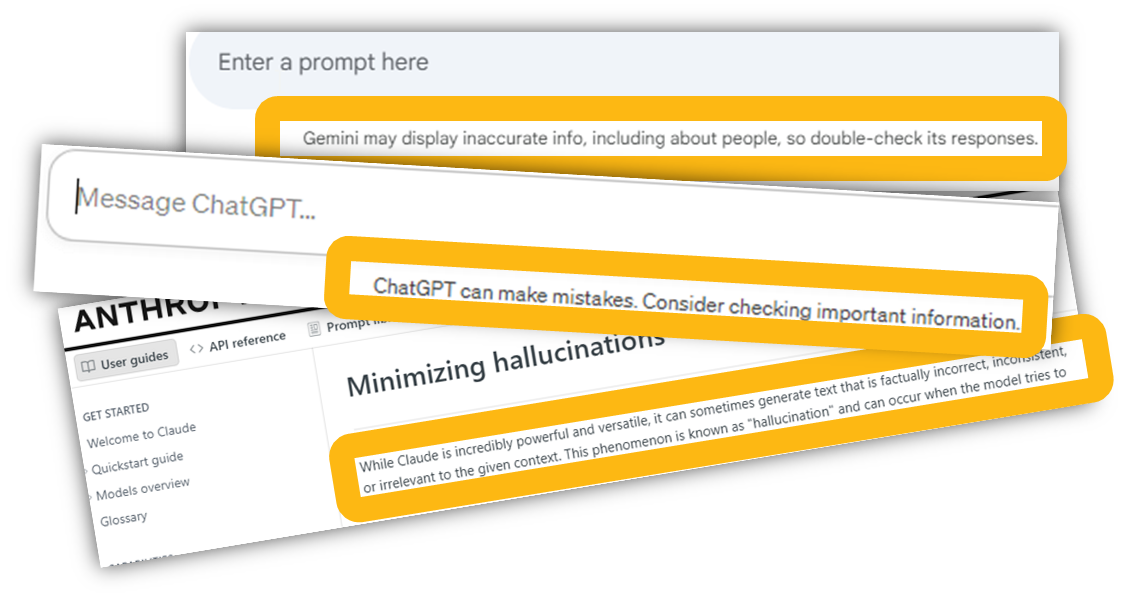Get the latest tech news
Consistency LLM: converting LLMs to parallel decoders accelerates inference 3.5x
TL;DR: LLMs have been traditionally regarded as sequential decoders, decoding one token after another. In this blog, we show pretrained LLMs can be easily taught to operate as efficient parallel decoders. We introduce Consistency Large Language Models (CLLMs), a new family of parallel decoders capable of reducing inference latency by efficiently decoding an $n$-token sequence per inference step. Our research shows this process – mimicking human cognitive process of forming complete sentences in mind before articulating word by word – can be effectively learned by simply finetuning pretrained LLMs.
$$ \mathcal{L}(\theta) = \mathcal L_{\text{consistency}} + w\mathcal{L}_{\text{AR}} $$ Our experiments contain three domain-specific tasks, including Spider (text-to-SQL), Human-Eval (Python code completion), and GSM8k (math), and the broader open-domain conversational challenge, MT-bench. Moreover, tokens correctly generated in advance (e.g. “country” and “H” at index 6 and 7 on the left side of Figure 6), are often replaced inaccurately in subsequent iterations in target LLMs. We observe that CLLMs acquire a crucial linguistic concept through training – collocations: a series of words or terms that co-occur more frequently than one would expect by random chance.
Or read this on Hacker News

